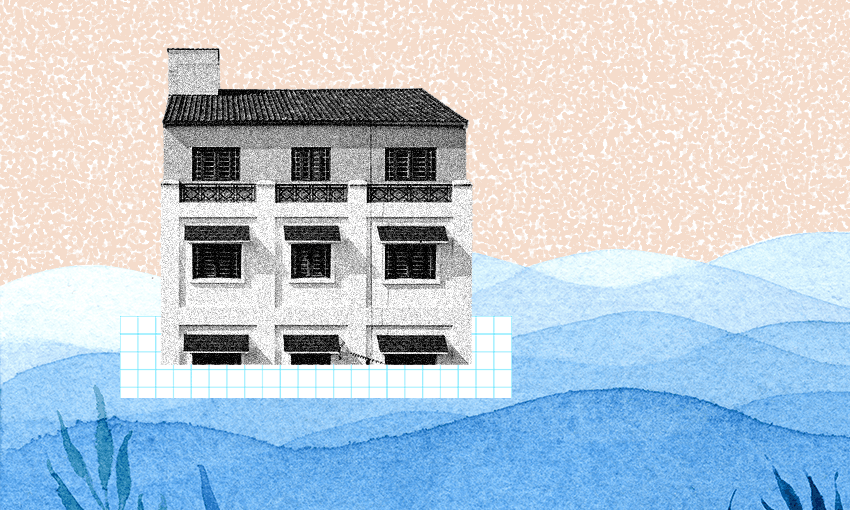Despite two years of construction worker shortages, supply chain issues and financial disruptions, our housing supply is looking healthier. But how do we keep the market strong? Kiwibank senior economist Jeremy Couchman explains.
The key driver for prices in any market is supply and demand. And during a period with a significant shortage of housing – where we haven’t built enough to keep up with demand as our population has grown – we’d expect to see rising prices. That’s the state New Zealand’s housing market has been in for years.
Now that shortage is shrinking, and with a surplus of housing forecast in the next few years there is likely to be some downward pressure on house prices. But while that may be music to the ears of those looking to purchase their first home, this won’t be all good news when it comes to sustaining the current momentum of new builds.
Follow When the Facts Change on Apple Podcasts, Spotify or your favourite podcast provider.
In the year to June 2022, 41,000 homes were built in Aotearoa according to Stats NZ, by far the largest addition of dwellings in data going back to 1991. To put that number into perspective, during the construction boom in the mid-2000s, New Zealand only managed to produce a net 30,000 homes. This huge number of builds has contributed to a significant shift in the estimated housing shortage, which has more than halved from estimates produced last year.
In any market, too much or too little supply of something can have a distorting impact on prices. In the case of the housing market, having too many houses could suppress prices, disincentivising investment. While the effects of this may not be apparent right away – and while it’s important to remember that houses are necessities, not purely financial assets – it could mean we aren’t prepared to react should another shortage hit us in the future.
The RBNZ’s moves to tame decades-high inflation with aggressive interest rate hikes has led to far tighter credit conditions, and Kiwibank forecasts the cash rate reaching 4% by the end of the year.
House prices have also recorded falls in every month so far this year, with our forecast predicting a 13% fall in prices by the year’s end. This would take house prices back to where they sat at the beginning of 2021, with a weaker recovery also expected once this decline is over.
After population growth hit record highs over the 2010s, our housing market has long been playing catch-up. In part, this can be attributed to population growth slowing almost to a halt as borders were closed due to Covid restrictions. But if rates of immigration stay relatively low and our construction rates steady, we could even see a housing surplus at some point in the next 12 months.
There is some evidence that StatsNZ estimates of new builds could be revised down. Their use of residential building consents as evidence of builds often means this statistic is over-estimated as building consent doesn’t always lead to construction. There is also a possibility that infill housing – construction in already-developed suburbs – has led to an overestimation as many of these projects require the demolition of other, older housing.
Now, there’s a real concern that with an incoming surplus of housing, developers may delay or cancel planned work they deem unnecessary in the current environment, but work that could be crucial with future population growth.
With borders more open than they’ve been since the start of the pandemic, we’re again seeing New Zealanders start to fly the nest. However, the pace of recovery in long-term arrivals to New Zealand has provided reason to think that current net migration outflow will diminish over the next 12 months.
As we continue to navigate this period of recovery and reestablishment, New Zealand’s housing market remains in a somewhat tense position. There’s certainly more reason for optimism from parties on both the supply and demand sides, but the way that the next year unfolds may prove critical in our longer-term housing future.
The content was created in partnership with Kiwibank.
Kiwibank’s team of economists can help you make smarter decisions for your business. With their expert insights and forecasts your business is in safe hands with Kiwibank.
To get tailored business advice you can trust, try Kiwibank’s Business Banking. Find out more here.

